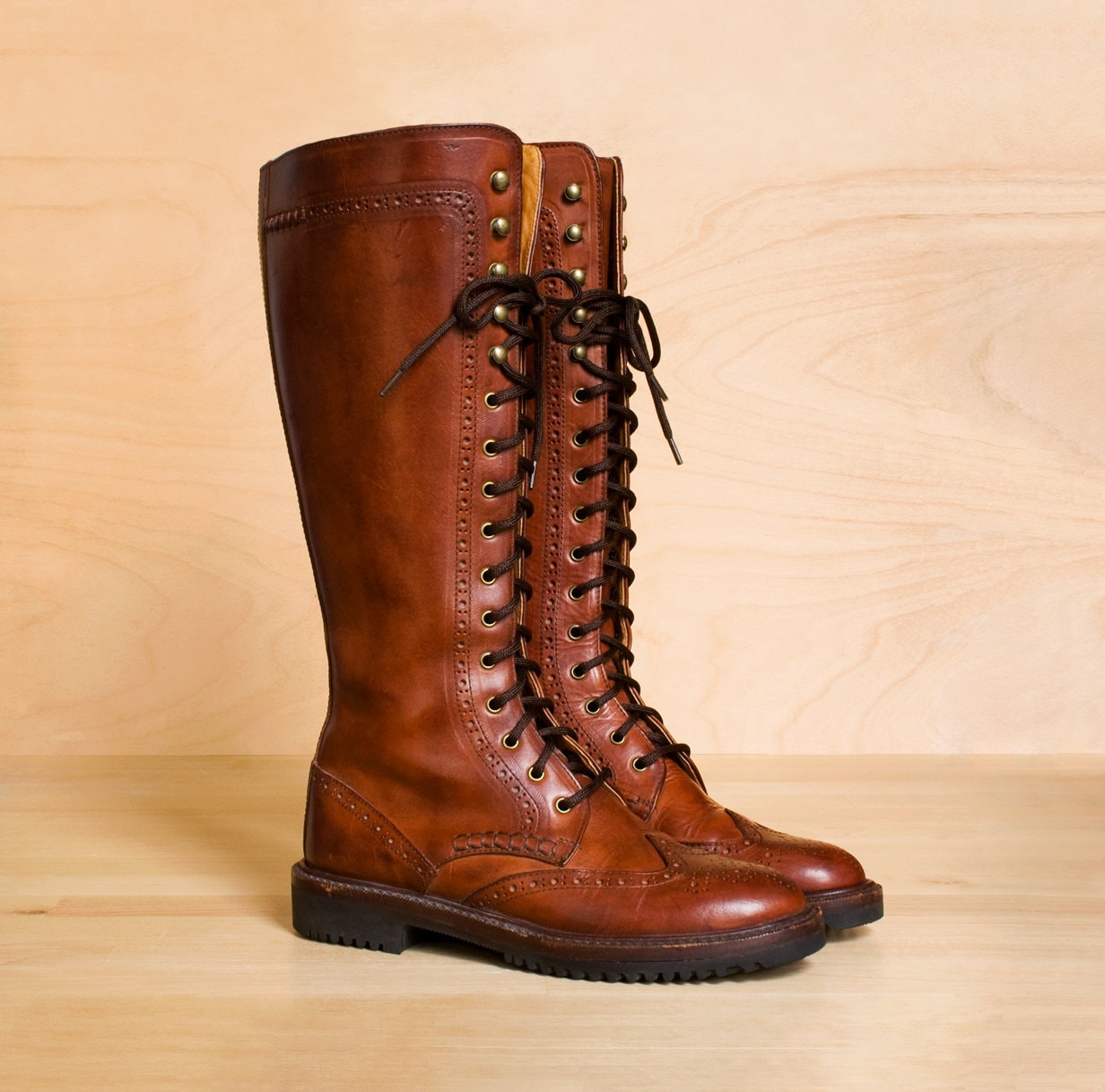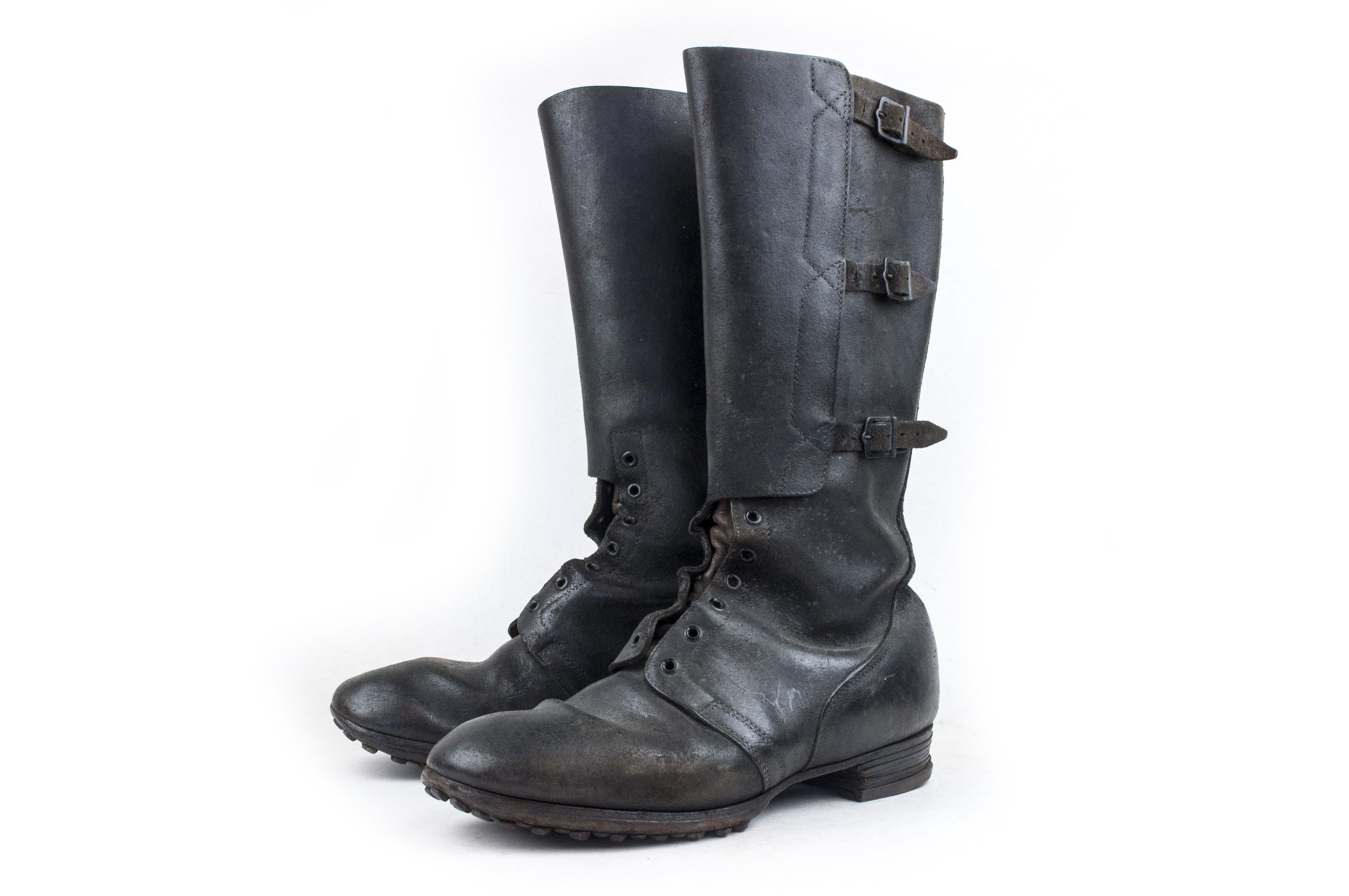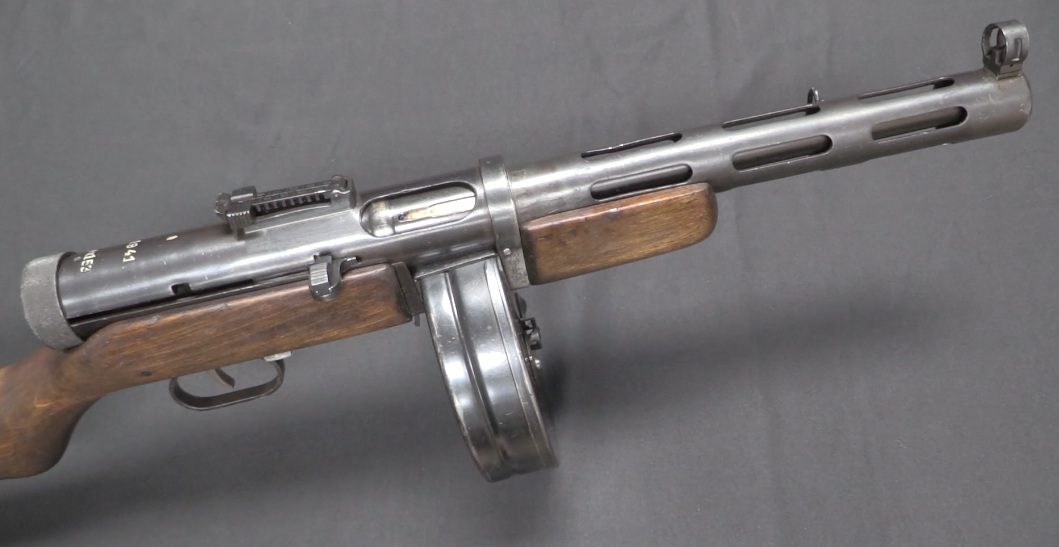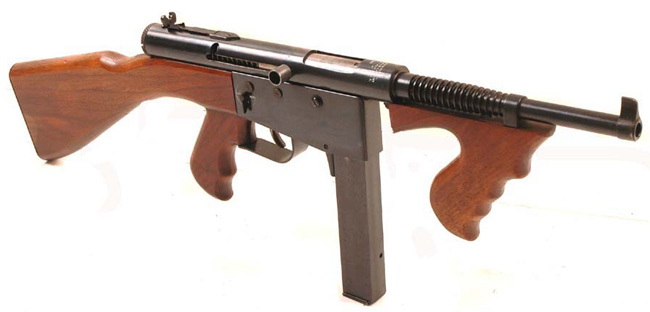Arizona-class (1942) Arizona, New Mexico, Colorado (name taken from scrapped battlecruiser, First Battleships designed with a Carrier task force in mind)
Anything related to the name Arizona wouldn't exist in TL-191.
Arizona-class (1942) Arizona, New Mexico, Colorado (name taken from scrapped battlecruiser, First Battleships designed with a Carrier task force in mind)
18-inch guns? That sounds heavy.
alright then, fixed.Anything related to the name Arizona wouldn't exist in TL-191.
This isn't really the forum for it, i'll take this to the CSA forum@Soundwave3591 What's your headcannon about the CS Navy?
US naval doctrine (OTL, but TL-191's seems no different) didn't really call for anything close to the Yamato, even the Montanas would have been much more reasonable ships. The 18-inch proposals would have only had the weight and space for five 18"/47 guns, which is a massive trade-off compared to twelve 16"/50s.well remember in this timeline the US navy isn't constrained by the Panama Canal, which in real life limited the size (and thus firepower) of US battleships.
REAL-LIFE concepts for 18"/47 gun armed ships, which, if we go by the proposed Montana-class fitting, were still constrained by the Panama Canal, even with the canal's proposed expansion.US naval doctrine (OTL, but TL-191's seems no different) didn't really call for anything close to the Yamato, even the Montanas would have been much more reasonable ships. The 18-inch proposals would have only had the weight and space for five 18"/47 guns, which is a massive trade-off compared to twelve 16"/50s.




Nice work! However, that's a short battalion, not a division. And Lt. Michael Pound's platoon were all Mark 3s.I've got something unrelated to the Naval discussion:

Uh where are you getting that from?US naval doctrine (OTL, but TL-191's seems no different) didn't really call for anything close to the Yamato, even the Montanas would have been much more reasonable ships. The 18-inch proposals would have only had the weight and space for five 18"/47 guns, which is a massive trade-off compared to twelve 16"/50s.
This was based on a layout of the German 501st Panzer Division in Tunisia in 1943.Nice work! However, that's a short battalion, not a division. And Lt. Michael Pound's platoon were all Mark 3s.
So for my Union soldier uniform idea I was thinking that for a typical uniform that at least officer's would be wearing knee high, laced riding boots.

But for believability it would probably closer to this.

As for the general cut I thinking something between the OTL Wehrmacht and the Hungarian Army but with the green grey color described in the books.

Now notice the "coloring" on the uniforms collars here? I was thinking about something similar for the US army but with the collar's fabric being the "Union blue" color.
View attachment 506877
As for the helmet I was thinking about a cross between the Stahlhelm and Iraqi Fedayeen helmet to set it apart from the helmets of otl while still being believable.

Now for the firearm I was thinking of Ingram model 6 submachine gun with the barrel of the Soviet ppsh-40 and a drum magazine. That or keep it accurate to the books and have the soldier armed with the Springfield rifle.


I figured that after Blackbeard the United States would rush develop a new smg inspired by the Thompson. Mainly do to the cost of Tommy and the Army's need for more firepower, leading to a new member of "Thompson family" being used alongside its father by the later half of the war.The USA is said to have the Thompson in the books, but this is a sound concept.
This was based on a layout of the German 501st Panzer Division in Tunisia in 1943.
501 was not a division, but a battalion. https://en.wikipedia.org/wiki/501st_Heavy_Panzer_Battalion
I used this as my reference for the unit layout: https://juniorgeneral.org/index.php/figure/view/GermanAfrikaKorps3
"Schwere PanzerAbteilung 501" Which literally translates to "Heavy Panzer Division 501"
This is 1943 Germany, what they call a "division" on paper is naturally understrength. I used it as a reference because a file of a full division would be too large for my computer to handle
I was more trying to convey the layout of a US division (not necessarily Pound's specific unit)